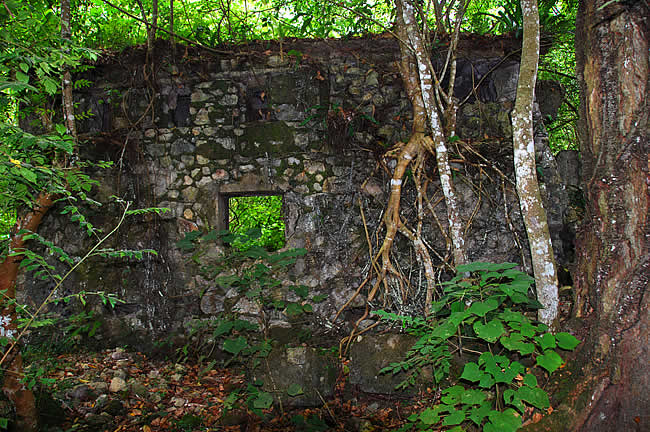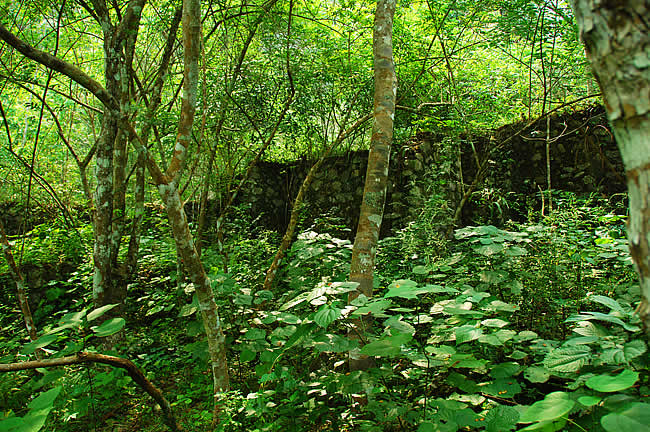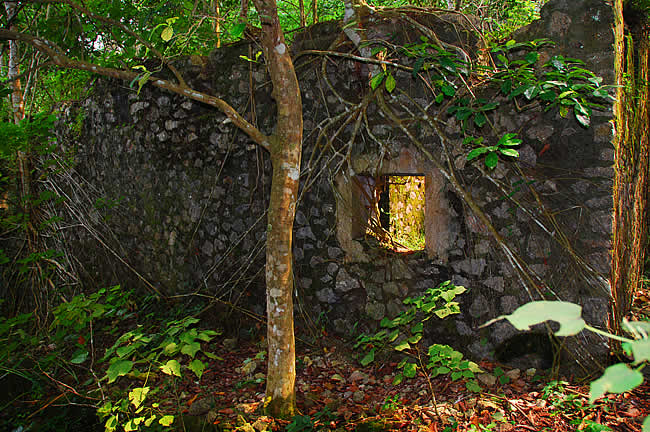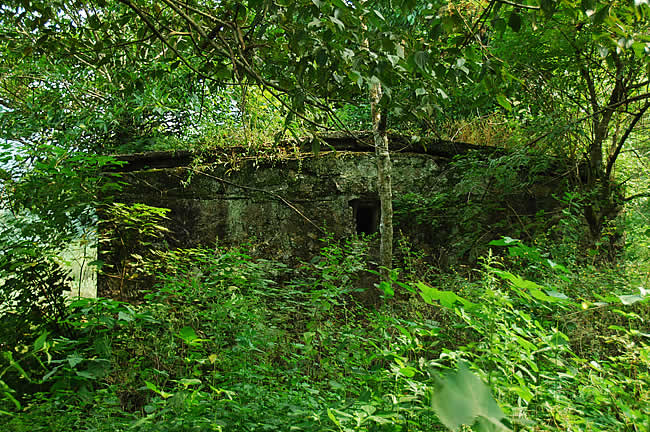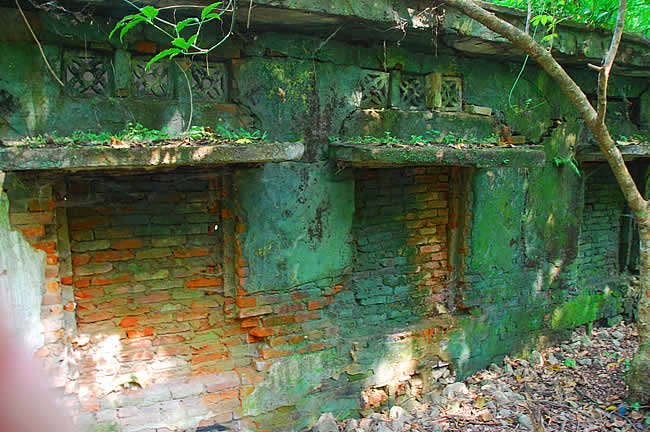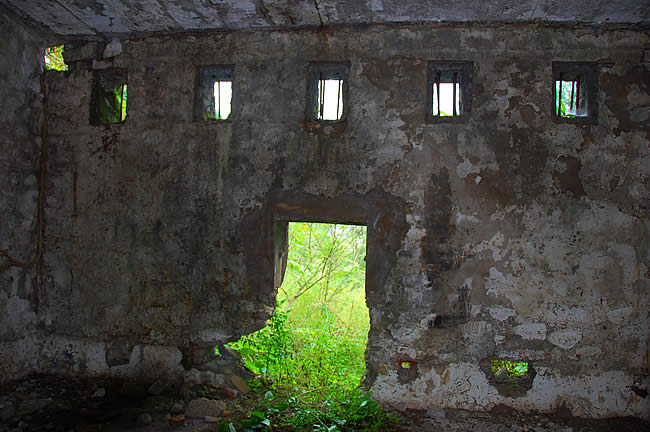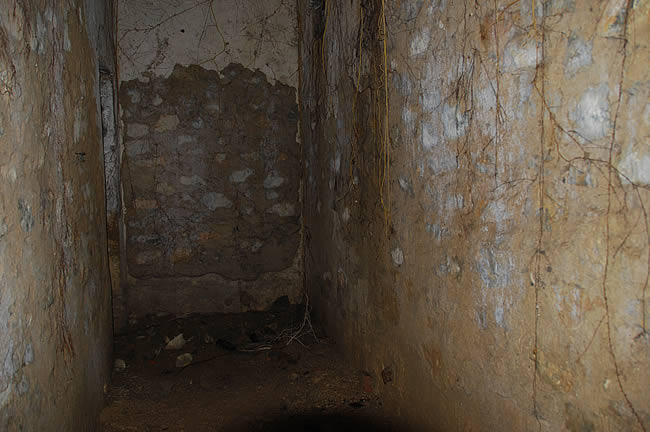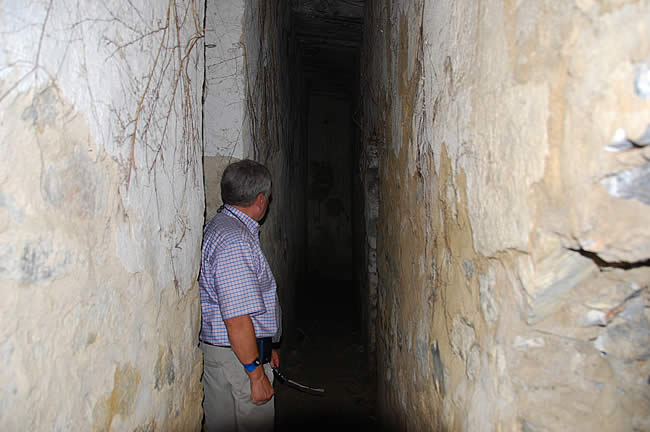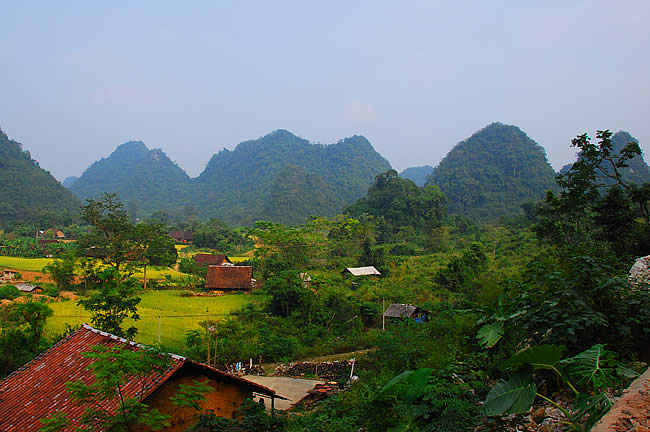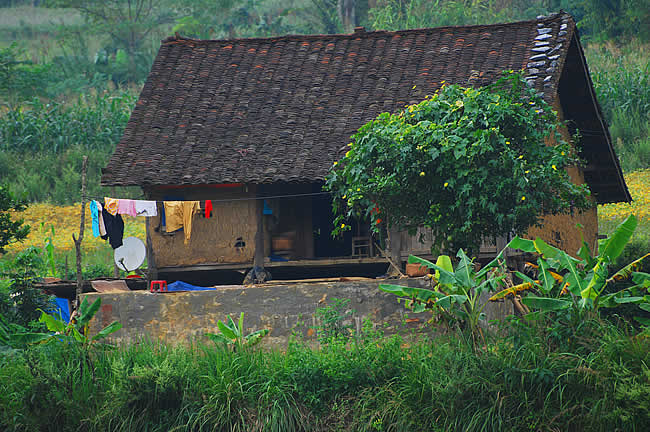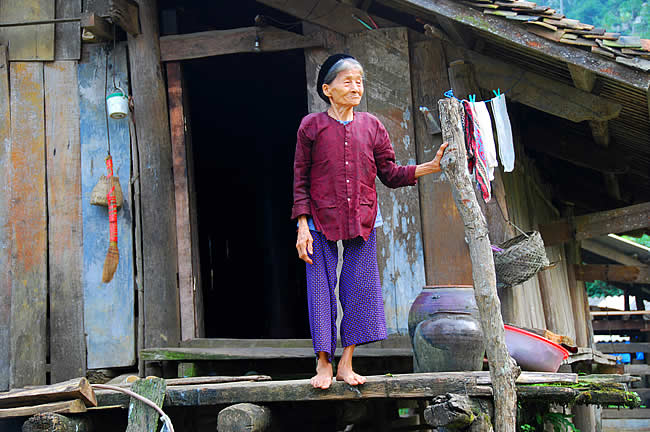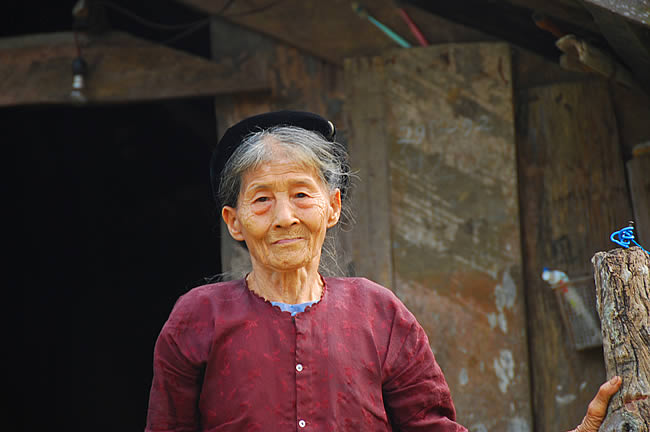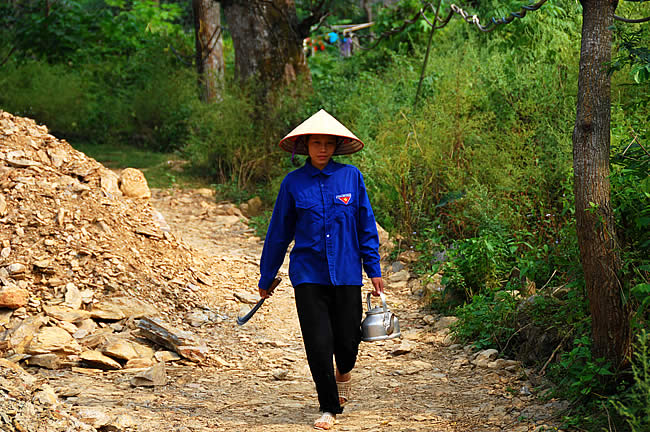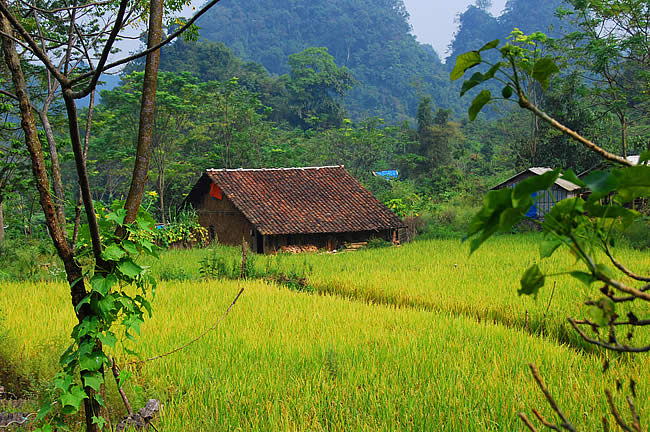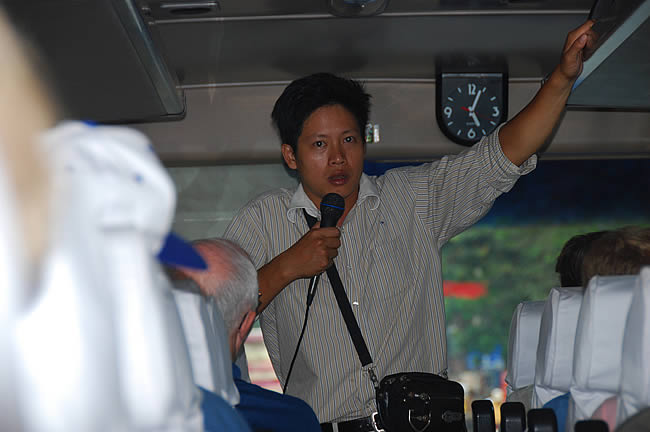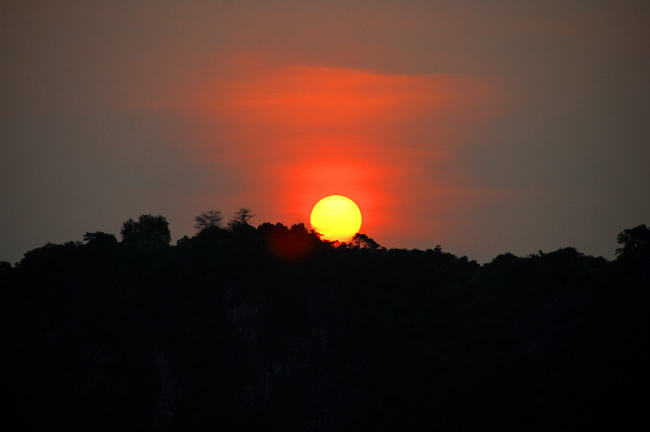Return to Vietnam, Part 3: Our Search for Dogpatch

In the middle of a long, bleak night in 1972, 203 American POWs were removed from their cells in the Hanoi Hilton, shackled and packed into army trucks that set out for an unknown destination.
Peeking under their blindfolds, some of the men were able to determine that their direction was northerly. After many hours passed, they began to wonder if they were being taken to China, where they would be totally off the grid and impossible to find.
They did not make it all the way to China, though they came very close. In the mountainous jungle near the border, they were deposited in a cobra-infested compound that came to be called Dogpatch.
Other prison locations were well known, but Dogpatch was built in a remote and forbidding place to ensure that it would never be found by the Americans.
Most cells in other prisons were lit 24 hours a day, but there was no electricity at Dogpatch, and the cells were perpetually dark.
We left Lang Son early this morning in our quest to reach Dogpatch. Even today, it's an arduous journey with long stretches on rutted gravel or dirt roads hugging mountains and giving way to sheer drops into green valleys below.
The isolated villages are few and far between, and we drew curious stares in each that we passed through.
We drove by an unmanned bird-flu checkpoint on a dirt road leading to China, and traveled on until our road disintegrated into ruts and puddles that made it impassable. We stepped down from the bus and began a 2-mile hike to where we were met by jeeps driven by Vietnamese army troops, for the final leg of the journey.
A couple of miles later, we climbed out of the Russian-made vehicles and pushed our way into a dense tangle of trees, plants, vines and thorns, on the side of a mountain. The going was rugged and slippery, and in the sweltering humidity, we were quickly wet with sweat.
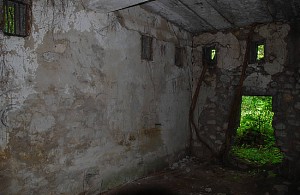
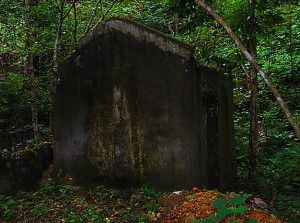
The first structure I saw was a grey, concrete, rectangular cell that one of our pilots had once inhabited. The cellblock had partially collapsed, the wooden door had rotted away and bamboo screens that had prevented light from entering through the vent holes were gone. Massive vines and tree roots were growing directly out of the concrete, as if the jungle was determined to take back its own.
The undergrowth was so thick that visibility was frequently no more than 30 feet. The group splintered into small units that lost sight of each other, but whenever a new structure was found, people on the scene would call out to the rest.
We located many damaged buildings, including some that may have been blown apart during the Chinese invasion in 1979, but only one complete cellblock remains standing. More than anything else, it looks like a decaying, unadorned mausoleum.
It was sunny above the jungle canopy, but shady below. We stepped inside the old cellblock and felt our way through the rooms and halls and solitary cells in absolute, horrifying blackness, broken only by the occasional flash of a camera. Our pictures could in no way capture what it felt like to be inside those walls.
All of the former POWs I am traveling with were in that overnight caravan from Hanoi, 35 years ago, and two lived in this cellblock. We could hear their descriptions of who had slept where but it was almost impossible to imagine the place inhabited.
We emerged from the jungle to find that our guides had located two villagers who claimed to have helped build the prison in the '60s. Like everyone we have met in the countryside, they were friendly and courteous and respectful. We offered them beer, and they stayed with us as we tried to digest what we had just seen.
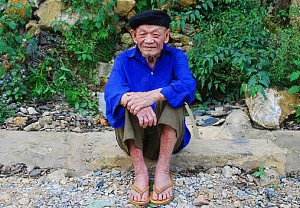
We also met an old man as we milled around near our jeeps. He lived with his wife in a small wooden hut built on stilts, with a livestock pen underneath.
When our guide knocked on his door to tell him that there were Americans outside who had been held in the prison during the war, he apologized that he was not properly dressed and asked for a moment to prepare himself. In a short time, he returned wearing a new shirt and a black beret, and invited the group into his home.
Our interpreter said the old man was 88 years of age and had served in the military. He was slight of build and moved slowly, and his eyes were tired but kind.
During his adult lifetime, the Vietnamese have fought not only a civil war and the Americans but the French, the Chinese and the Cambodians. It's likely this old man has known more than his share of sorrow and hard times.
He spoke softly for a while, of the prison and other matters, and when it was time to leave, one of the former POWs grasped the old man's hand with both of his, as is the Vietnamese custom, and thanked him for his kindness and hospitality.
Incredibly, the old man raised the back of the pilot's hand to his face and kissed it, as some in the room were moved to tears.
As the pilot, Al Carpenter, said later, there were no political ideologies in the room that afternoon, no Ho Chi Minh or LBJ. There were "just two old veterans, connecting for a brief and unexpected moment of mutual respect."

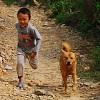
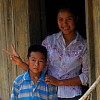


It's been decades since the angry skies over Vietnam went silent and these cellblock doors were opened to the light. Now, only cobras call Dogpatch home. What man has built here is being consumed by the vegetation, vanishing into the green curtain. In a generation or two, only the jungle will remain.
Today, our pilots became the first Americans to return to Dogpatch since the war ended, and it has been a privilege to be allowed to tag along. The family members leave with a better understanding of the strength it took to survive and the courage it has taken to return.
People travel for many reasons. I can't tell you what these 11 men came looking for, but I sincerely hope they found it.
As for others who might come, I've tried to depict Vietnam exactly as I have seen it. It's not for everyone, but for me at least, it was worth the long journey.
Sincerely,
Alan Fox
Executive Chairman
Vacations To Go
Related newsletters:
Return to Vietnam, Part 1: Halong Bay and Hanoi Hilton
Return to Vietnam, Part 2: Way Off the Beaten Path

